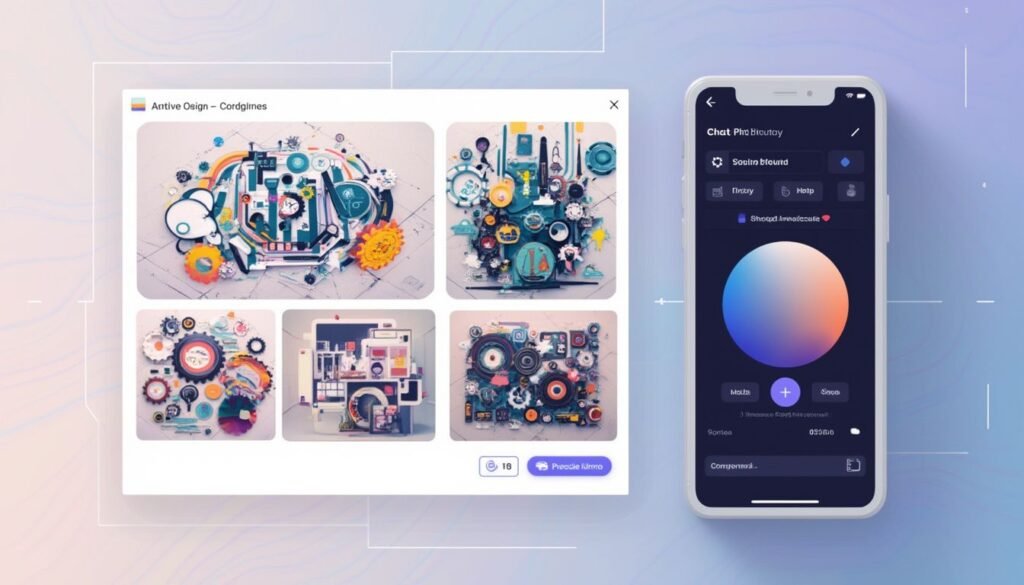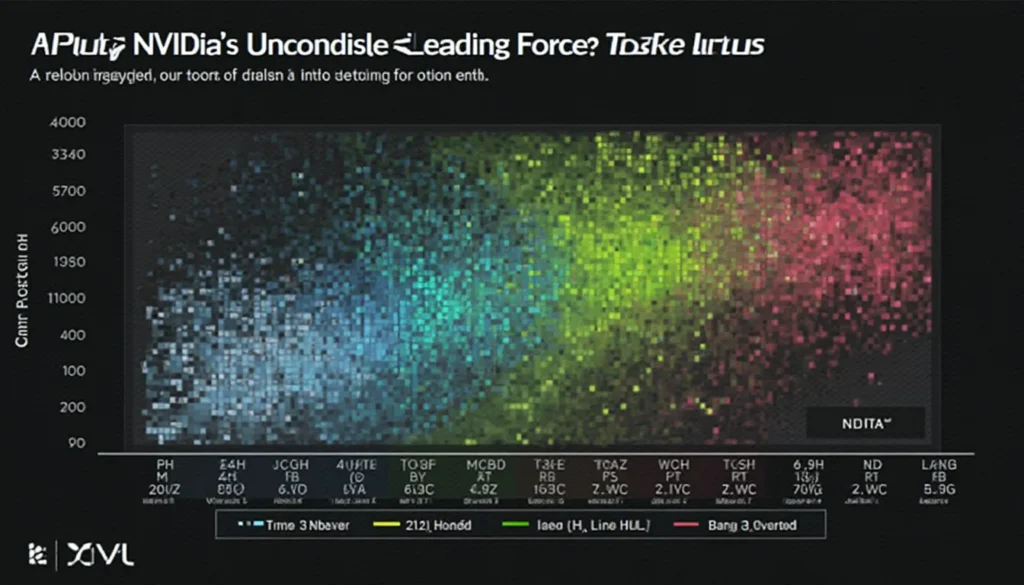Celebrating a Milestone in Physics: 2024 Nobel Prize Winners
The 2024 Nobel Prize in Physics has been awarded to two luminaries in the field of artificial intelligence, John J. Hopfield and Geoffrey E. Hinton. Their groundbreaking work in machine learning has reshaped not just the domain of artificial intelligence but also diversified the application of physics in technological advancements. Recognized for their pioneering discoveries with artificial neural networks, both scientists have paved the way for a new era of computational efficiency and learning models with their seminal contributions. As the world stands on the brink of a technological revolution, their work continues to resonate through countless disciplines that benefit from enhanced machine learning capacities.
Foundational Work in Machine Learning
Machine learning, a subset of artificial intelligence that mimics the neuronal activity in human brains, owes much of its development to Hopfield and Hinton. Their work dates back to the 1980s when they started applying tools and concepts from physics to develop new computational methods. While Hopfield carved a niche with his creation of a simple yet effective model called the Hopfield network, Hinton expanded this paradigm by introducing the Boltzmann machine—both revolutionizing how networks could self-learn and process vast quantities of data.
Hopfield’s network, inspired by principles of atomic spin in physics, functions as a pattern recognition system. It leverages a process akin to minimizing the energy state of a system, which allows it to reconstruct and interpret patterns even when presented with imperfect or incomplete data. This innovation laid crucial groundwork that later models would expand upon, showcasing the elegant intersection of physics and computational theories.
Geoffrey Hinton’s work on the Boltzmann machine built a bridge to even more complex machine learning frameworks. By integrating statistical physics concepts into neural networks, he enabled these systems to autonomously discover intrinsic properties within datasets, which improved their capacity for tasks like image classification. This leap paved the way towards more refined analytical techniques and inspired further research into deep learning, which has since become a cornerstone in the field of AI.
Revolutionizing Global Technologies
Today, the machine learning principles developed by Hopfield and Hinton underpin a myriad of technologies that we encounter daily. From self-driving cars to advanced medical diagnosis and even in art creation, the legacy of their foundational work is far-reaching. In particular, the machine learning revolution that kicked off around the year 2010—fueled by large datasets and enhanced computational power—stands as a testament to their early contributions and foresight.
The 2024 Nobel Prize in Physics is not just a recognition of past achievements but also a nod to the potential that their work has unlocked for future innovations. As the scientific community looks forward, the influence of Hopfield and Hinton will undoubtedly continue to inspire new generations of physicists and computer scientists alike, who seek to challenge and redefine the limits of technology and artificial intelligence.




